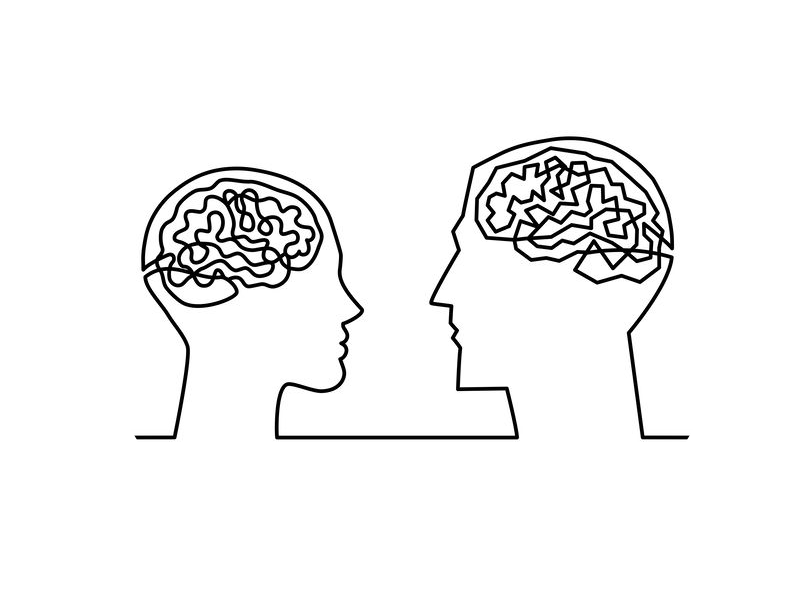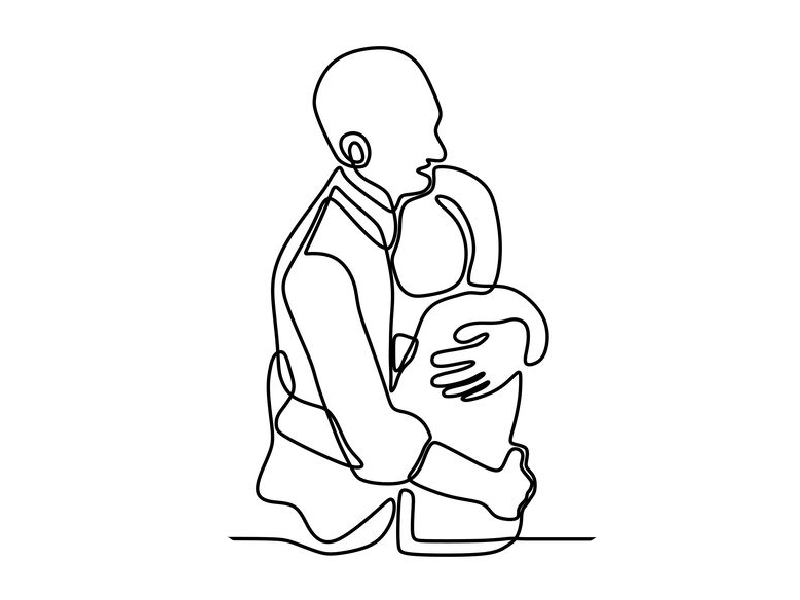
A sensory-friendly care partner considers and respects the sensory differences, preferences, and needs of others. They understand that certain types of sensory input can be uncomfortable or distressing, so they adjust their approach, modify the environment, and create predictable experiences. There are 8 sensory systems. The STAR Institute emphasizes the fact that everyone processes sensation; […]








